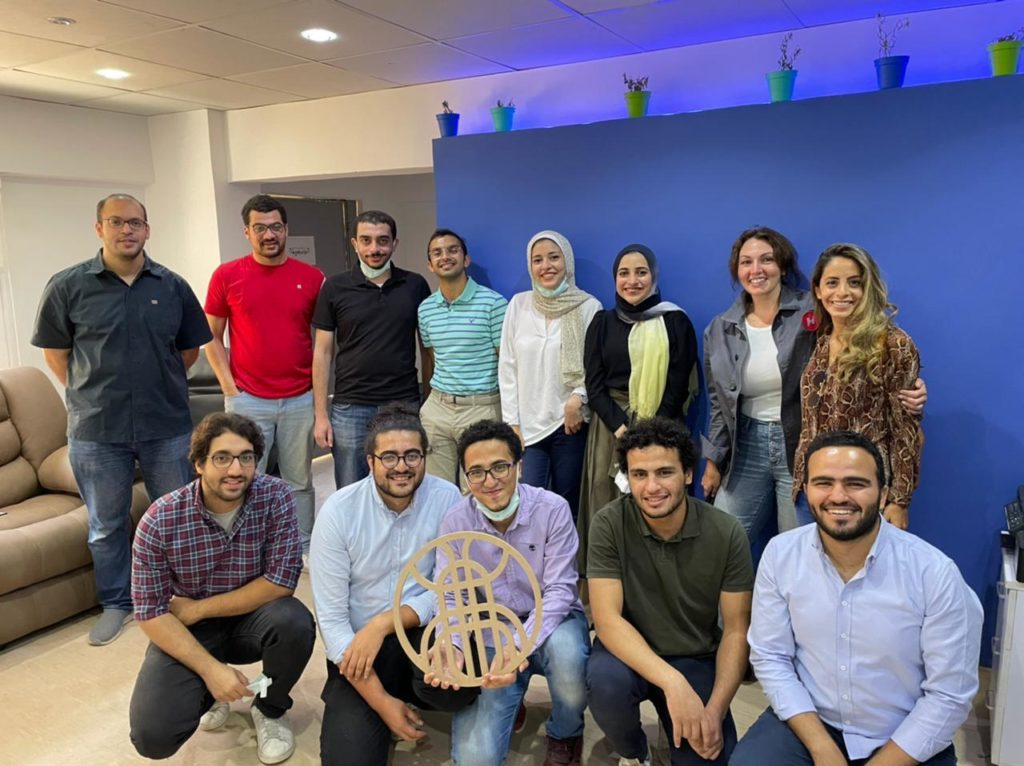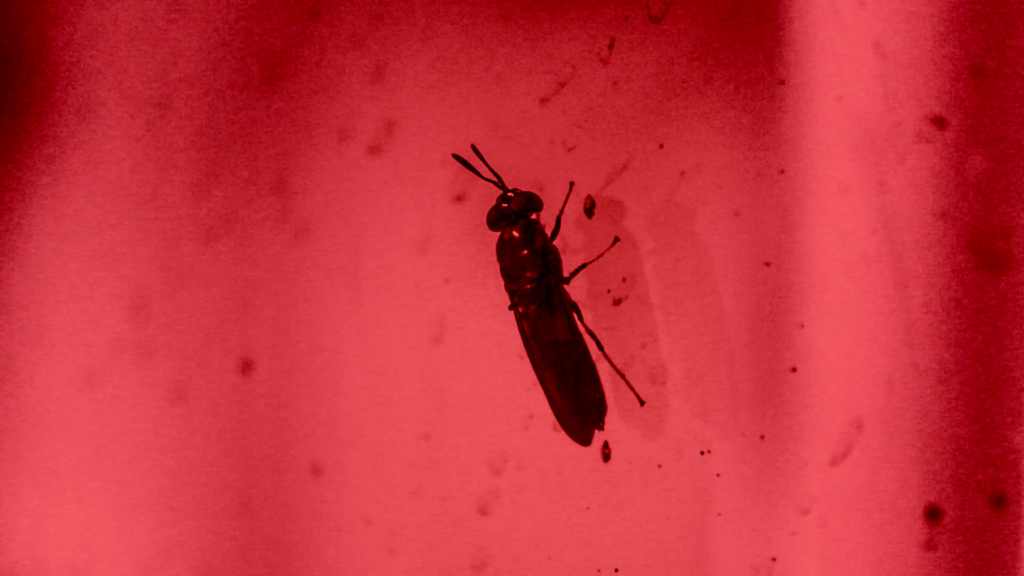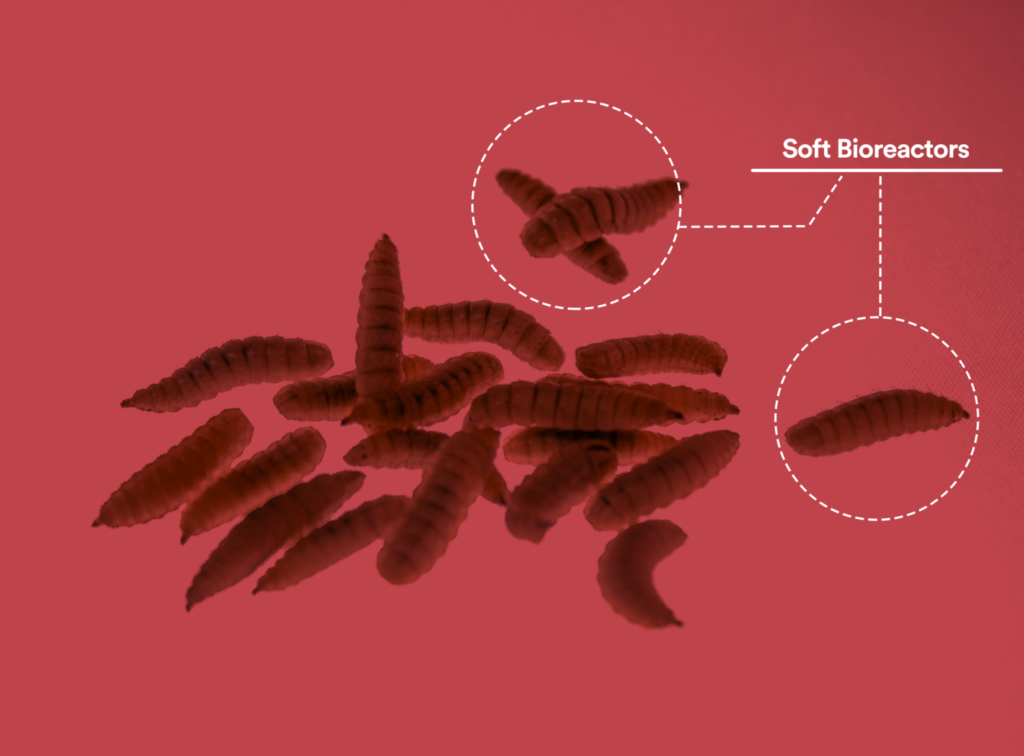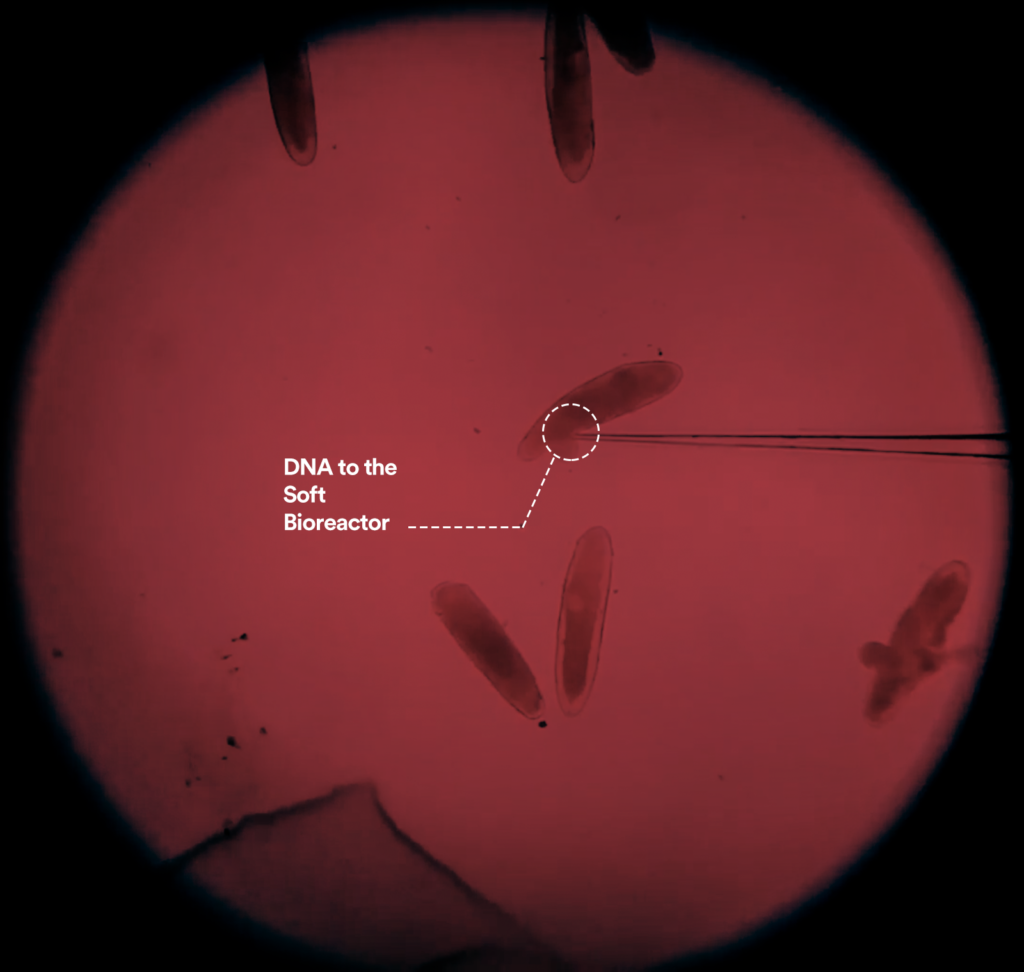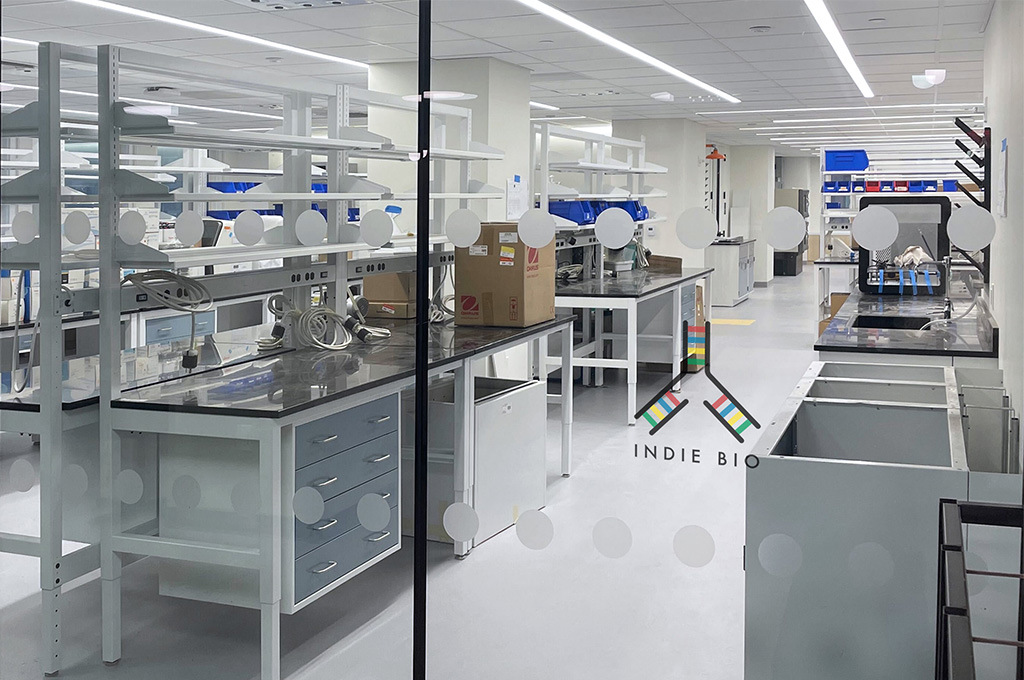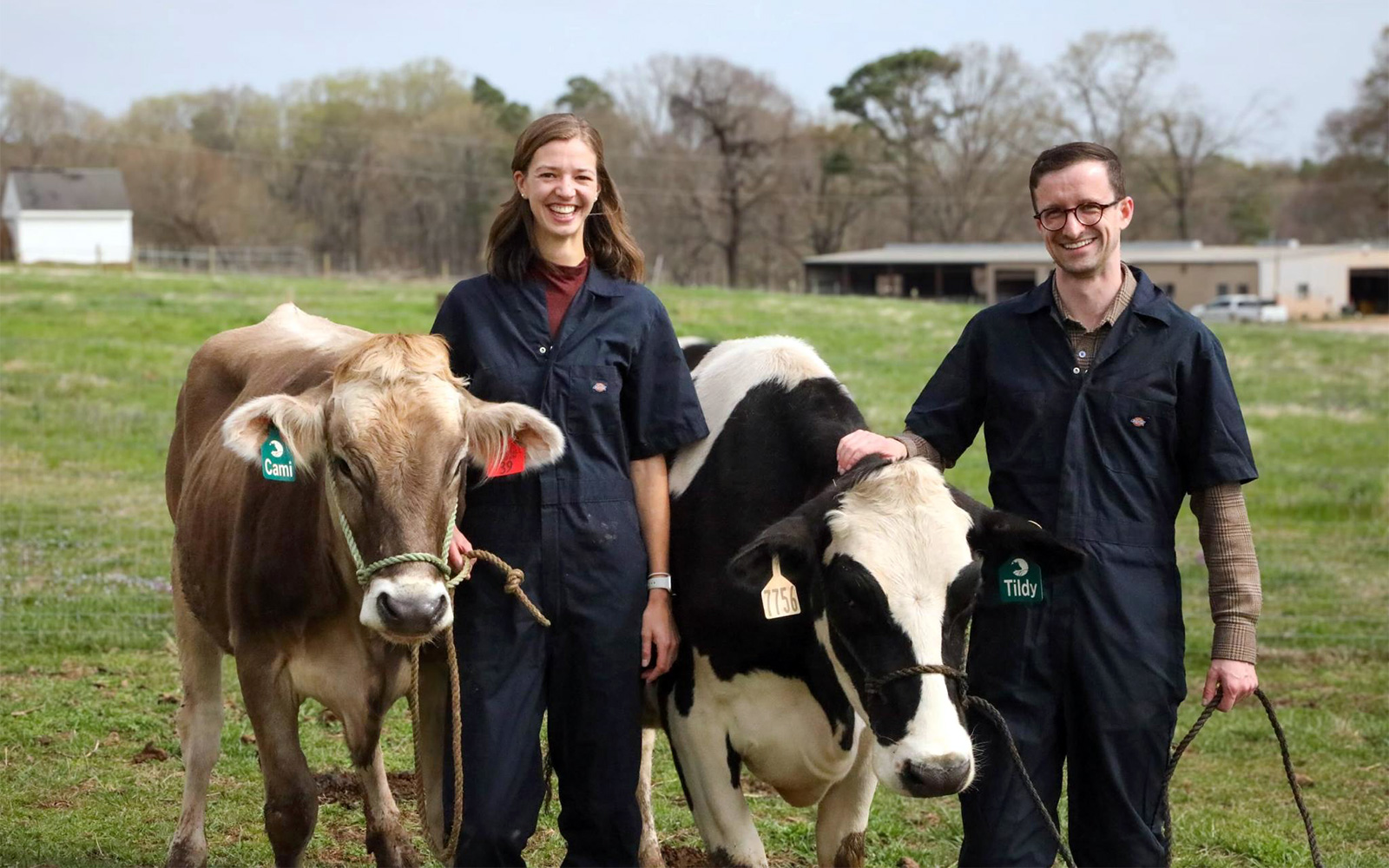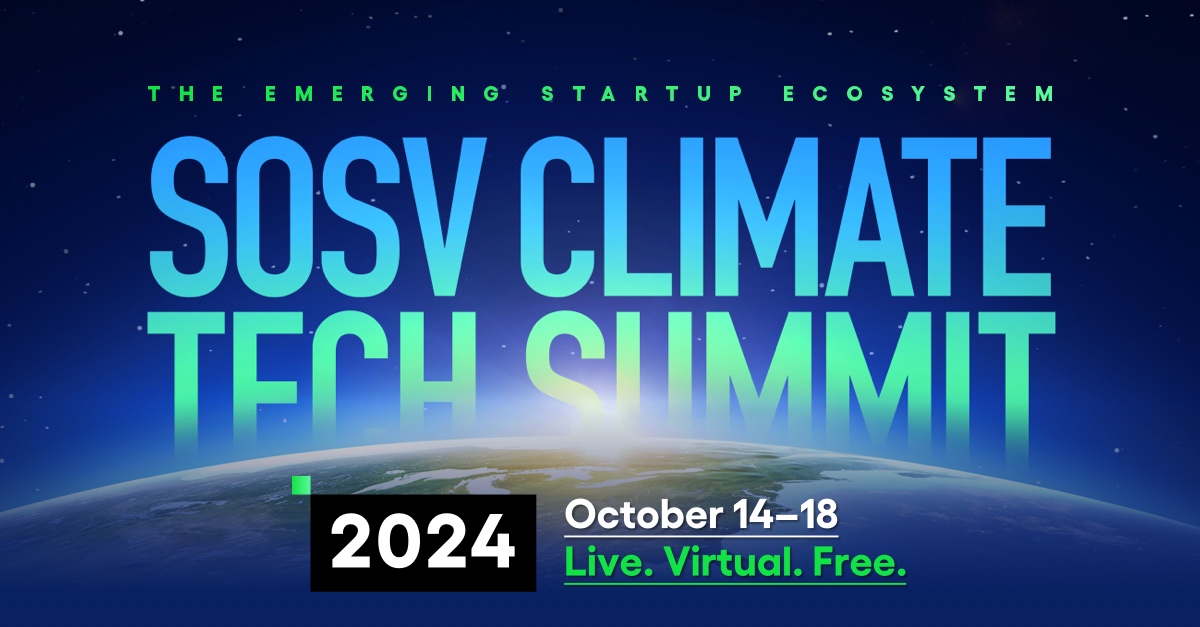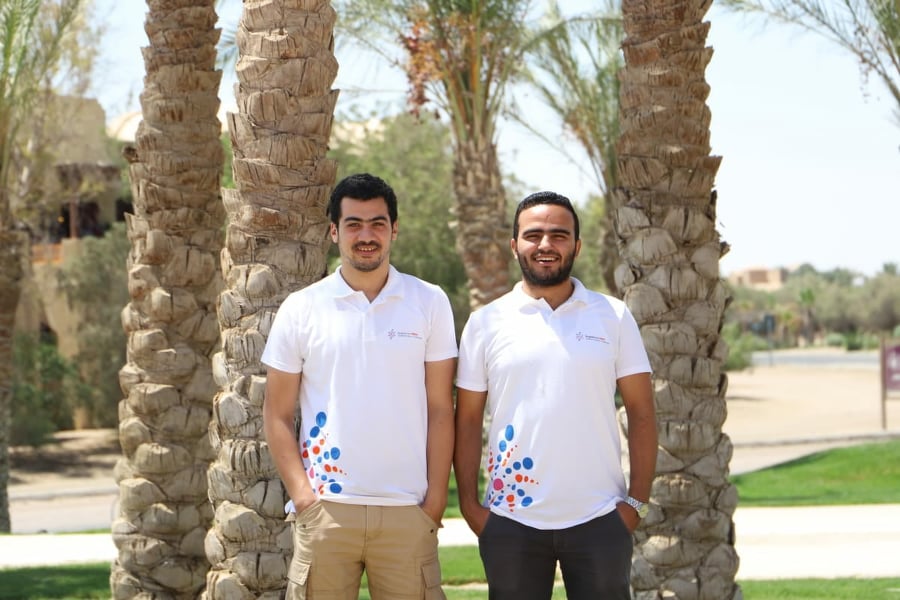
Proteinea turns insect larvae into biofactories. Instead of cell-based biomanufacturing, their next-generation platform uses mass-reared insect larvae as fast growing, mini-biofactories to produce recombinant proteins of interest. From antibiotics to biosimilars to vaccines to aquaculture feed to growth factors and more, Proteinea makes valuable recombinant proteins affordable and accessible. And their Buggzy platform is just spinning up. We chatted with co-founder Mahmoud Eljendy and Abudulaziz Elgammal about the future of recombinant protein production.
Proteins make every function you could imagine very fast and efficient. I dream of the day when we harness this power to make soft machinery.
CEO Mahmoud Eljendy
How did you two meet?
Although we are originally from the same city 100 km away from Cairo, we only got to know each other from the entrepreneurial ecosystem in Cairo. Mahmoud had his previous startup, DeltaOil, where he built a success story that’s now Africa’s leading Used Cooking Oil (UCO) supplier for the Biodiesel industry in Europe. I (Abdulaziz, Aziz for short) was fascinated by the mission-driven and innovative approach he took to enable unprivileged communities to valorise an untapped source of income while making a good amount of money and saving the environment.
At that time, I was working with the leading accelerator in the Middle East North Africa region (Flat6Labs) and trying to build a community of science entrepreneurship enthusiasts. During one of our meetups for science entrepreneurs, I met with Mahmoud who was then raising insects in his own apartment and was looking for a technical cofounder. Funny enough, the place we first met years ago is now our own office and lab at Proteinea 🙂
What made you decide to start Proteinea?
It was a convergence of efforts to make an impact in people’s lives through know-how and innovation. We started Proteinea with the aim to solve a very local problem that’s at the core of our food value chain. The principle was to use insects as a protein source for animal and aquaculture feed as Egypt imports 90% of its feed components. During this process, we borrowed technologies from aerospace to machine learning to biotech and everything in between to scale up the production very efficiently and very cheaply.
We then realized that combining the process we built and our previous background, we have created the perfect solution to a more pressing problem the world is facing — recombinant protein production.
What does “recombinant” actually mean?
Something recombinant means it is made by recombination. As scientists, when we want to engineer a living organism, we usually start with engineering it’s DNA. By assembling a DNA fragment from smaller pieces so that they contain specific instructions for the cell, we build what’s called a recombinant DNA. In some cases, these new instructions tell the cell to produce a specific protein. In this case the protein is called a recombinant protein.
Why is a fly larva an optimal protein factory?
Compared to cell-based technologies, insect larvae can perform much better in the production of our complex proteins. Very low capex and opex – we do not have culture media, our culture media is wheat bran, fast time to market – it can take as little as two weeks to have our protein of interest, and the scalability – we can produce hundreds of kilos of larvae from very small area & what happens in one larvae can happens in millions of larvae – that’s minimal risk in the scale up.
Seems difficult to get proteins to fold the right way – how does it work in the insect larva if you’re trying to do humanized or otherwise proteins?
Insect cells have long proven to make complex proteins. They have complex cellular machinery to produce virtually any protein you might need. In many cases, they are the go to platform for expressing proteins that don’t work well in other systems, Virus-Like Particles (VLP) vaccines make very good examples here. Even some of the most complex proteins like full humanized antibodies have been produced in insect cells before.
At Proteinea we work with a novel platform which requires some work from our side to identify the proteins and pathways to make proteins stable to express, purify, and humanize and we have success with it. Our AI-based computational optimization goes hand in hand with experimental validation to build the next generation soft bioreactor.
How big is your team? How did you find all the talent? What industries do they come from? How hard is it to build a company culture so quickly?
We are 22 team members between the US and Egypt. From the beginning, we are very keen to build a robust culture that can proliferate. We have built our manifesto in which we have our values and principles. We provide 4 things in Proteinea for our team members. A cool technology and science; a product could have a huge impact on our biomanufacturing thus bioeconomy; a robust culture with stunning colleagues; and fair financial compensation of salary and stock options.
What is the biggest difference between working in STEM in Egypt and the US?
Between Egypt and the US, you face a completely different set of problems. There’s not much competition over the talent pool in Egypt, so you get to build a very strong team easily. But, the support system in Egypt is still nascent when compared to the US. You don’t have many options but to build your own path. I remember when we started doing experimentation in Egypt, we got help from big research institutions because they want to help on the personal level not because of the institutional direction of supporting entrepreneurs.
Logistical challenges in Egypt are also a bit harder than the US. Because there are no local manufacturers of biotech supplies, things might take longer to arrive in Egypt. We mitigate that by proper planning plus we do some of the more advanced research in the US to cut time.
What’s your favorite biomolecule in the central dogma? Favorite amino acid?
I’m a protein guy, look at this one. It’s beautiful. I remember my fascination with the protein myosin moving a molecular cargo across the cell over a protein railway (cytoskeleton). Proteins make every function you could imagine very fast and efficient. I dream of the day when we harness this power and make soft machinery. We started this at Proteinea and built the world’s fastest biomanufacturing platform based on our soft bioreactor. Cysteine, disulphide bridges also have a special place in my heart.

